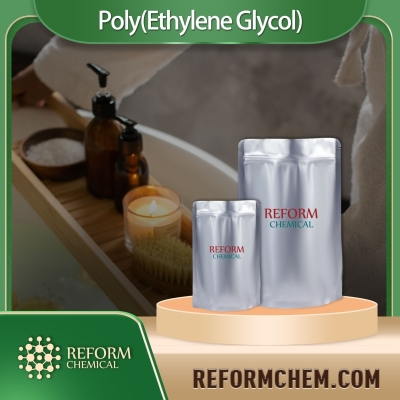-
Categories
-
Pharmaceutical Intermediates
-
Active Pharmaceutical Ingredients
-
Food Additives
- Industrial Coatings
- Agrochemicals
- Dyes and Pigments
- Surfactant
- Flavors and Fragrances
- Chemical Reagents
- Catalyst and Auxiliary
- Natural Products
- Inorganic Chemistry
-
Organic Chemistry
-
Biochemical Engineering
- Analytical Chemistry
-
Cosmetic Ingredient
- Water Treatment Chemical
-
Pharmaceutical Intermediates
Promotion
ECHEMI Mall
Wholesale
Weekly Price
Exhibition
News
-
Trade Service
We all know that thermal power generation is the most widely used power generation technology, and its cost is low and convenient, with few
restrictions.
However, thermal power has a deep negative impact
on both energy and the environment.
Solar energy is recognized as a zero-loss, zero-emission power generation technology in recent years, but because of its high cost, many investors are discouraged
from protecting the environment.
Scientists have come up with an interesting solution to this problem – integrating solar energy into existing coal-fired power plants, a sustainable way to reduce emissions that make full use of existing power infrastructure
.
Solar energy can deliver baseload power through the existing grid and is a reliable renewable energy technology
.
However, solar thermal power generation requires large-scale installations and tens of thousands of megawatts of power generation capacity, which is expensive, so scientists want to combine
it with traditional thermal power generation.
Some engineers have found that the photovoltaic conversion efficiency of solar-assisted thermal power generation is higher, and this solution can reduce the use of
fossil fuels by half.
According to the Rankine cycle law in physics, heating the heat transfer fluid to 400 degrees through solar energy can offset 28%-57% of fossil burning
in the case of a specific type of heat engine.
This heat is converted into mechanical energy, which produces electrical energy
.
In this way, the use of fossil fuels can be reduced by minor modifications to existing thermal power plants
.
This scheme does not have high requirements for the site, can adapt to various land conditions, and many places with limited land scale can also be deployed and used
.
12Next View full article
We all know that thermal power generation is the most widely used power generation technology, and its cost is low and convenient, with few
restrictions.
However, thermal power has a deep negative impact
on both energy and the environment.
Solar energy is recognized as a zero-loss, zero-emission power generation technology in recent years, but because of its high cost, many investors are discouraged
from protecting the environment.
Scientists have come up with an interesting solution to this problem – integrating solar energy into existing coal-fired power plants, a sustainable way to reduce emissions that make full use of existing power infrastructure
.
Solar energy can deliver baseload power through the existing grid and is a reliable renewable energy technology
.
However, solar thermal power generation requires large-scale installations and tens of thousands of megawatts of power generation capacity, which is expensive, so scientists want to combine
it with traditional thermal power generation.
Some engineers have found that the photovoltaic conversion efficiency of solar-assisted thermal power generation is higher, and this solution can reduce the use of
fossil fuels by half.
According to the Rankine cycle law in physics, heating the heat transfer fluid to 400 degrees through solar energy can offset 28%-57% of fossil burning
in the case of a specific type of heat engine.
This heat is converted into mechanical energy, which produces electrical energy
.
In this way, the use of fossil fuels can be reduced by minor modifications to existing thermal power plants
.
This scheme does not have high requirements for the site, can adapt to various land conditions, and many places with limited land scale can also be deployed and used
.
12Next View full article
12Next View full article






